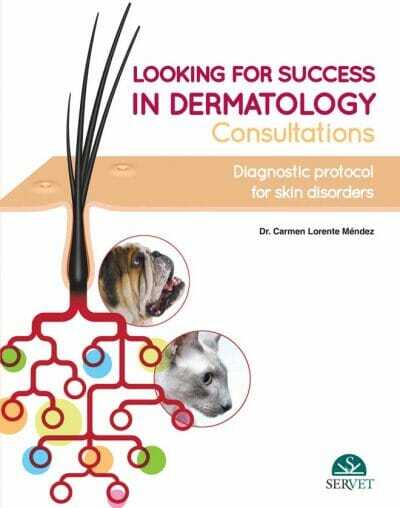Introduction
PART ONE The Chairs Role and Career Path
1. In the Trenches
2. Preparing for the Chairs Role
3. Assessing What Kind of Department Chair You Are
4. Serving as an Untenured Department Chair
5. Coexisting with a Former Chair
6. Creating a Career Plan
7. Returning to the Faculty
8. Seeking Higher Administrative Positions
9. A Scenario Analysis on the Chairs Role and Career Path
PART TWO Departmental Management and Politics
10. Understanding Departmental Ethics and Politics
11. Chairing Small Departments
12. Chairing Large Departments
13. Setting Course Rotations and Schedules
14. Making Decisions
15. Setting Annual Themes
16. Creating Departmental Centers for Excellence in Teaching and Learning
17. A Scenario Analysis on Departmental Management and Politics
PART THREE The Chairs Role in Searches, Hiring, and Firing
18. Writing Job Descriptions and Position Announcements
19. Understanding the Chairs Role in the Search Process
20. Interviewing Candidates
21. Letting Someone Go
22. A Scenario Analysis on Hiring and Firing
PART FOUR Mentoring Challenges and Opportunities for Department Chairs
23. Helping Faculty Members Sharpen Their Focus
24. Coaching Faculty Members to Increase Productivity
25. Promoting a More Collegial Department
26. Coping with Passive-Aggressive Behavior
27. Resolving Chronic Complaints
28. Addressing Staff Conflicts
29. Overcoming Conflicts
30. A Scenario Analysis on mentoring Challenges
PART FIVE The Chairs Role in Faculty Development
31. Facilitating a Positive First-Year Faculty Experience
32. Coaching Faculty in Writing Effective Resumes
33. Creating an Effective Professional Development Plan
34. Creating an Effective Teaching Portfolio
35. Creating an Effective Course Syllabus
36. Promoting Creativity in Teaching and Learning
37. A Scenario Analysis on Faculty Development
PART SIX Best Practices in Evaluation and Assessment
38. Creating Written Evaluations
39. Conducting Oral Evaluation Sessions
40. Writing Letters of Recommendation
41. Doing Assessment Effectively
42. Conducting Program Reviews
43. Conducting Posttenure Reviews
44. A Scenario Analysis on Evaluation and Assessment
PART SEVEN Essentials of Budgeting and Planning
45. Strategic Planning
46. Planning a Budget
47. Implementing a Budget
48. Fundraising
49. Accounting for Sponsored Research
50. A Scenario Analysis on Strategic Budgeting and Planning
Epilogue: A Checklist for the Essential Department Chair
Index










![Premium Vet Study Notes + Question Bank [Updated Frequently] Premium Vet Study Notes + Question Bank [Updated Frequently]](https://www.vet-ebooks.com/wp-content/uploads/2017/02/Premium-Vet-Study-Notes-Question-Bank-300x200.png)





![Ettinger’s Textbook of Veterinary Internal Medicine 9th Edition [PDF+Videos] Ettinger’s Textbook of Veterinary Internal Medicine 9th Edition [True PDF+Videos]](https://www.vet-ebooks.com/wp-content/uploads/2024/10/ettingers-textbook-of-veterinary-internal-medicine-9th-edition-100x70.jpg)

![Textbook of Veterinary Diagnostic Radiology 8th Edition [PDF+Videos+Quizzes] Thrall’s Textbook of Veterinary Diagnostic Radiology, 8th edition PDF](https://www.vet-ebooks.com/wp-content/uploads/2019/09/textbook-of-veterinary-diagnostic-radiology-8th-edition-100x70.jpg)






